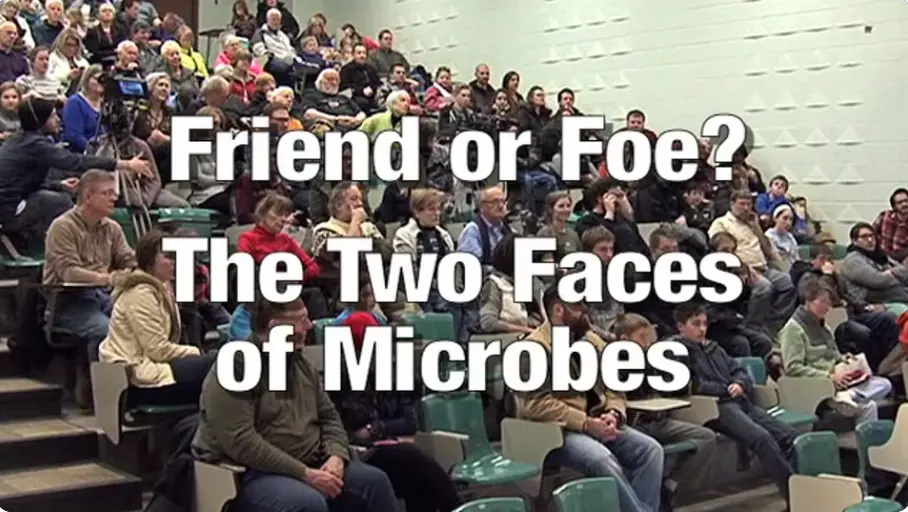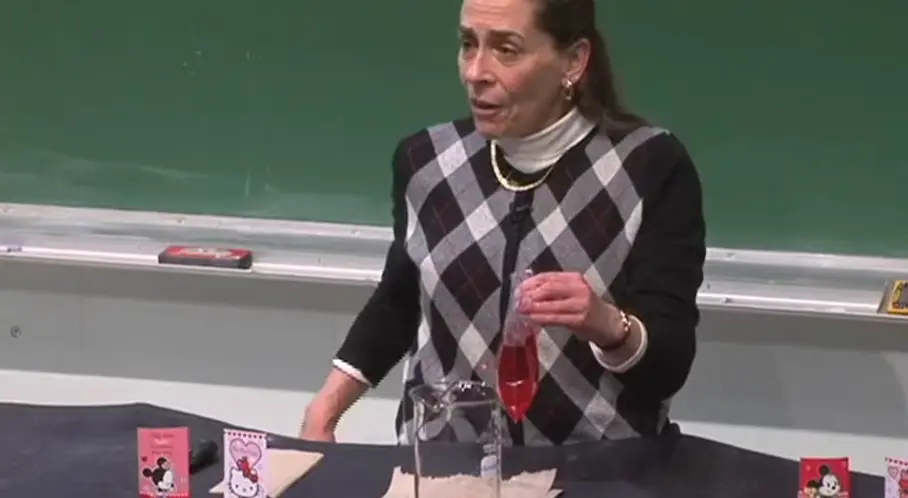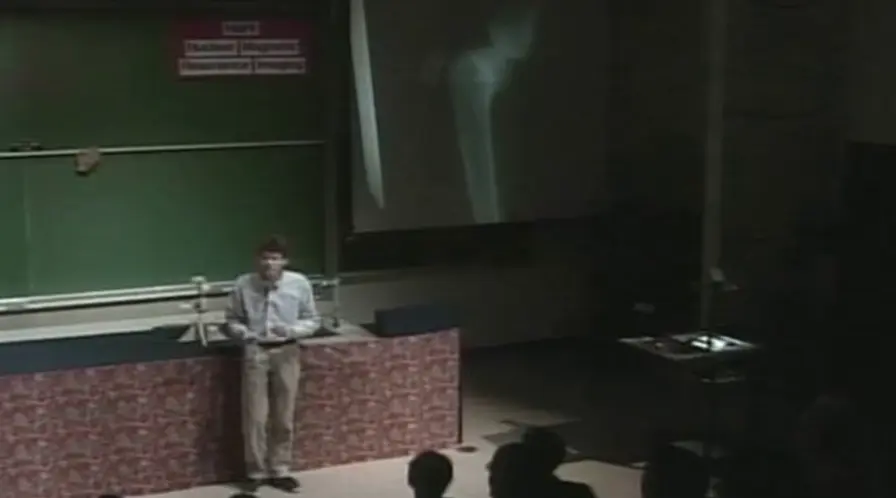Friend or Foe? The Two Faces of Microbes
The Two Faces of Microbes” describes what a microbe is, and then covers some interesting facts and perspectives about microbes. On one hand, they are essential to life, on the other, the can cause devastating and sometimes fatal diseases. McLellan …


